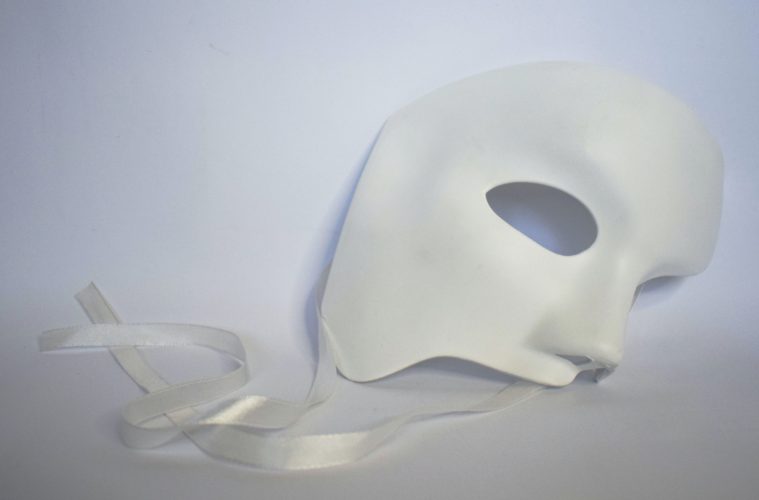In the modern digital age, we see technology improving our lives day by day. But when is it a hazard? Deepfaking could be the answer.
As a relatively new development in tech, deepfaking has been making waves littered with controversy. Unlike most new tech however, there seems to be no benefits to be found here. It constantly inspires doom and gloom headlines warning people of its dangers and advising against its use.
But what is it? Why does it exist? Why are people so keen on using it?
What is Deepfaking?
Deepfaking is a practice that enables the user to replace anyone’s face with another’s with minimal effort. To see deepfaking in action can be jarring to the casual observer. It is designed to be seamless, tricking the part of your brain that recognises faces. A low-tech equivalent of this phenomenon can be found when you see faces in everyday objects, like boxes and plugs.
While the function of the human brain is impossibly complex, it can still be easily deceived. One of the most fascinating demonstrations of this deception can be found on websites that use an AI (artificial intelligence) known as ‘StyleGAN’. At first, ‘StyleGAN’ seems harmless, showing you a single image of a human face. However, the true nature of seeing this technology, is that none of the people that it shows you actually exist. It mixes and matches features of real faces, chosen from a database of thousands, like a virtual Frankenstein. This is the true nature of ‘StyleGAN’, and other AI like it – it’s designed purely to trick your brain into seeing a real human face where there is none.
While the use of such a niche technology can seem novel, the implications of it are truly frightening. For one example – throughout Facebook and various dating apps and websites, catfishing is a real issue. This is where users pose as someone else, using an image of a real person they have found on the internet. To then imagine that we could land in a future where people can catfish using faces of people that don’t even exist makes this practice feel all the more dystopian.
Deepfaking as entertainment
Though this tangent may seem unrelated, it is exactly the logic that can be applied to the practice of deepfaking. Imagine this level of deception, but it’s now using videos of real people, except with faces that don’t belong to them. It is the kind of scenario one could expect to read in a science-fiction horror novel. One of the most egregious examples I could demonstrate is this video of ‘Tom Cruise’.
Without the title of the video, you would reasonably believe that you were just watching Tom Cruise. However, nothing about this is real. This is merely an actor posing as a body double with Tom Cruise’s face plastered over his. The face is then gathered from hundreds of photos and videos of the real Tom Cruise as reference.
Deepfaking’s dangers
If watching this and reading this has creeped you out thus far, then you are having the correct reaction. In my view, nothing about this technology is exciting or promising. The emergence of deepfaking has already given world governments and news organisations many worries. Using this to imitate actors can seem fun at first, yet using it to imitate politicians like Putin should not.
This is the reality of Deepfaking. Using advanced technology to spread lies to the masses and inciting fear with words that were never even uttered.
As the above video demonstrates, truly anyone could make politicians say anything and the unaware masses are likely to believe it.
How can Deepfaking be stopped?
It is not an easy question to answer. Primarily because Deepfaking is often so difficult to spot if you don’t have the context of its usage. This is why it is so important to fact check what you see and hear online. Seeking citations to the words and actions of politicians over social media can go a long way to giving peace of mind. For this, I highly recommend seeking out websites like the famous Snopes.com to make sure what you are hearing and seeing is real.
My goal with this article was not to give you anxiety and make you second guess absolutely everything you see and hear on social media. Instead, I want to impart to you that if it sounds too good or too bad to be true, it’s important to make sure whether it is or isn’t. We live in a scary time with the technology we have at hand. So, make sure you’re always aware of the extent people online can go to frighten you.
As the old saying goes, keep your friends close and your enemies closer.





